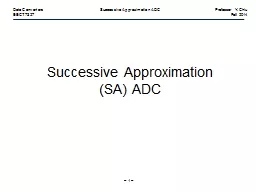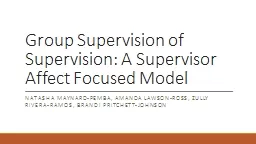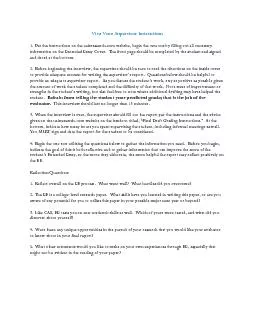PPT-Chief Supervisor : Prof. Warren Chiu
Author : danika-pritchard | Published Date : 2020-04-06
Cosupervisor Dr Petrus Choy Prepared for Dr Vincent Cho Prof Kimmy Chan Dr Thomas Man Prepared by Siu Mei Kuen Kanie 14007181G
Presentation Embed Code
Download Presentation
Download Presentation The PPT/PDF document " Chief Supervisor : Prof. Warren Chiu" is the property of its rightful owner. Permission is granted to download and print the materials on this website for personal, non-commercial use only, and to display it on your personal computer provided you do not modify the materials and that you retain all copyright notices contained in the materials. By downloading content from our website, you accept the terms of this agreement.
Chief Supervisor : Prof. Warren Chiu: Transcript
Download Rules Of Document
" Chief Supervisor : Prof. Warren Chiu"The content belongs to its owner. You may download and print it for personal use, without modification, and keep all copyright notices. By downloading, you agree to these terms.
Related Documents














